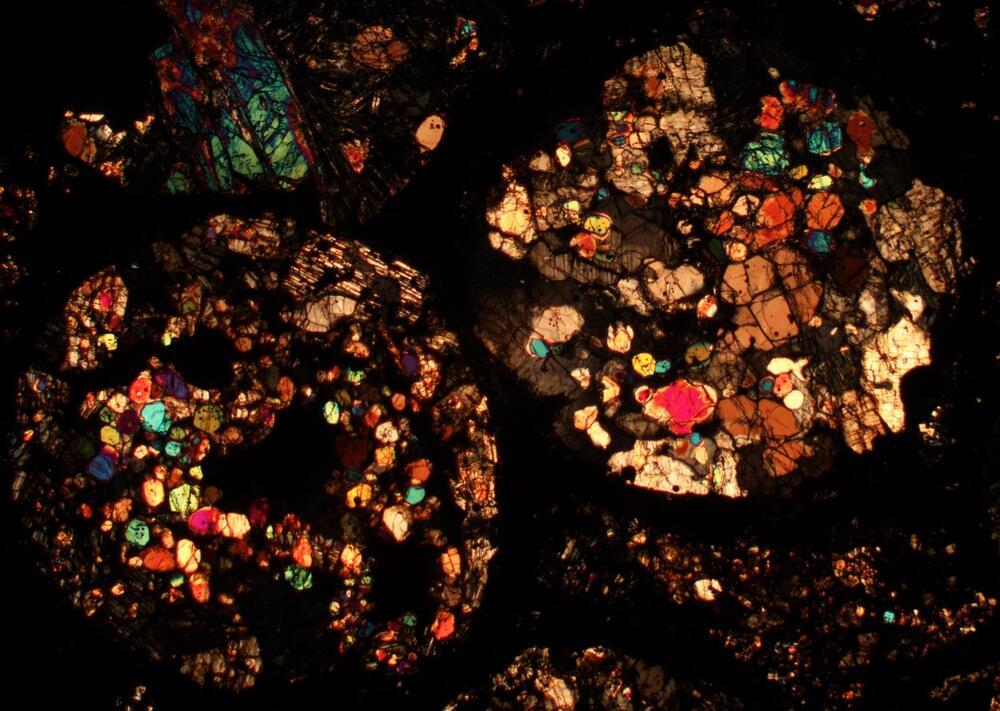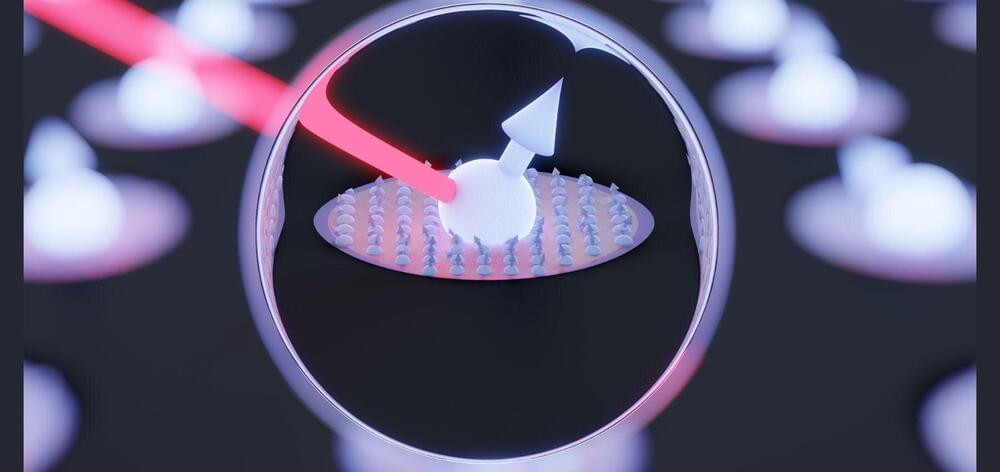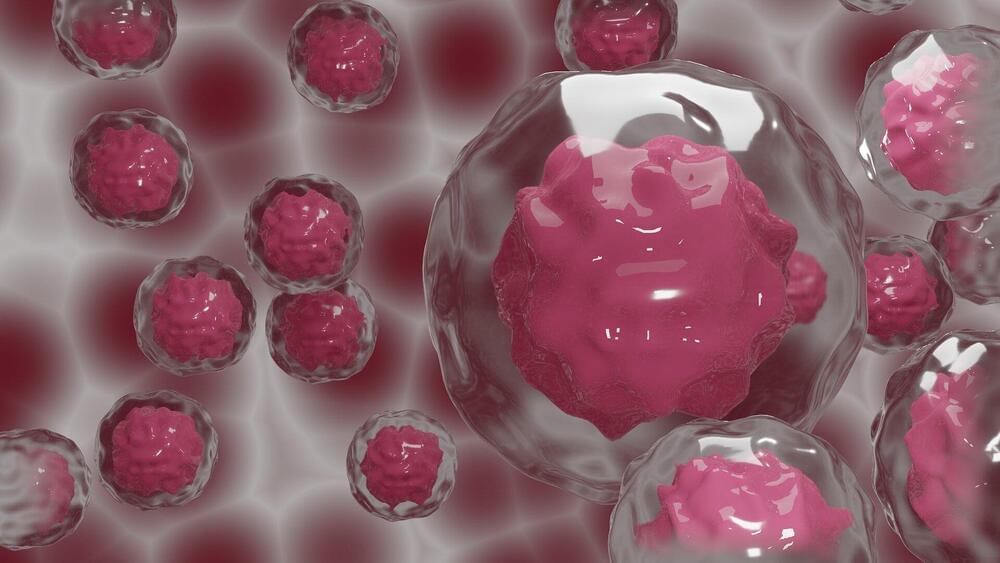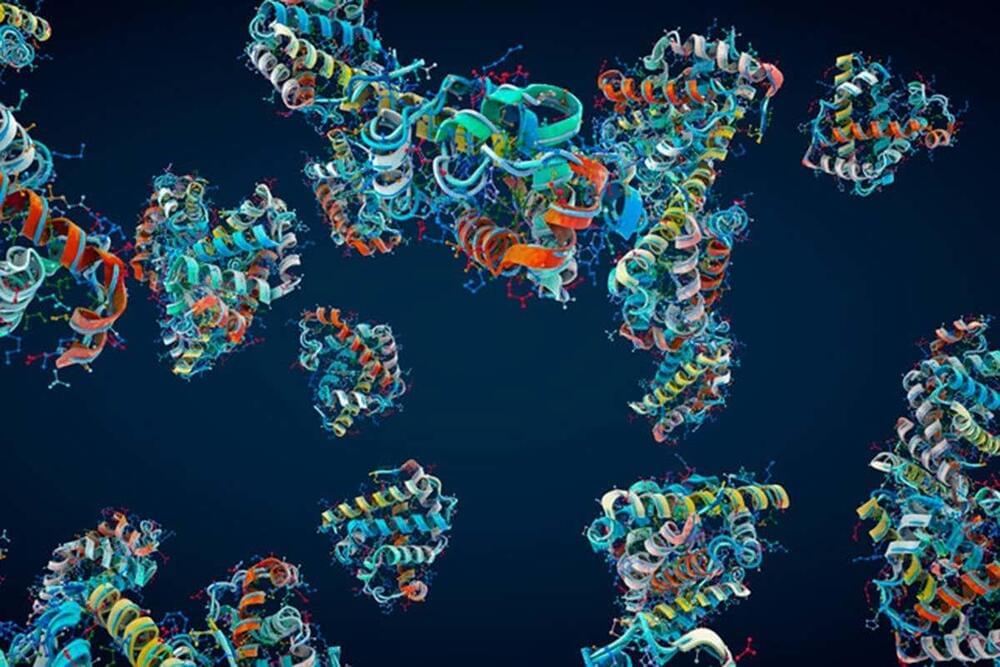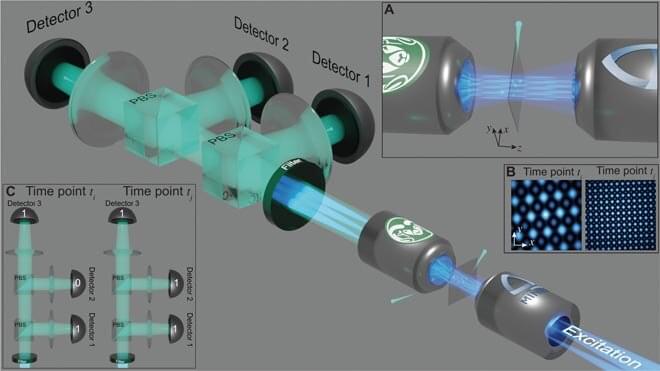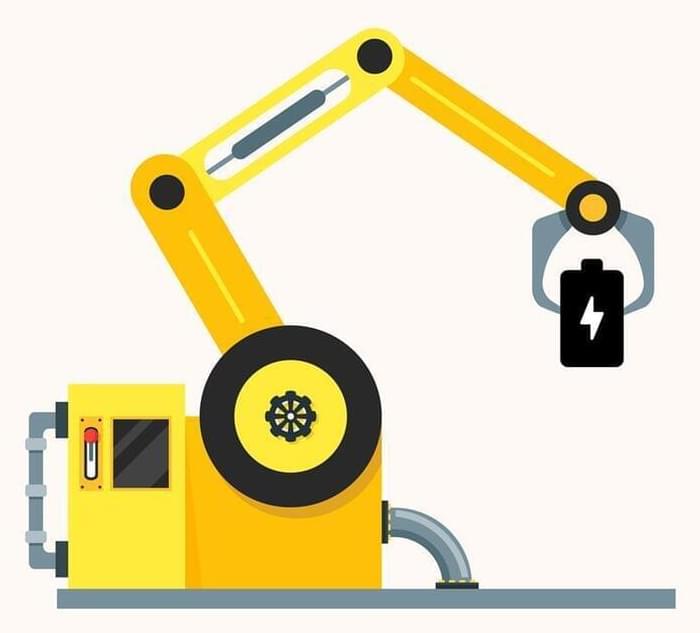Meteorites have told Imperial researchers the likely far-flung origin of Earth’s volatile chemicals, some of which form the building blocks of life.
They found that around half the Earth’s inventory of the volatile element zinc came from asteroids originating in the outer solar system—the part beyond the asteroid belt that includes the planets Jupiter, Saturn, and Uranus. This material is also expected to have supplied other important volatiles such as water.
Volatiles are elements or compounds that change from solid or liquid state into vapor at relatively low temperatures. They include the six most common elements found in living organisms, as well as water. As such, the addition of this material will have been important for the emergence of life on Earth.


